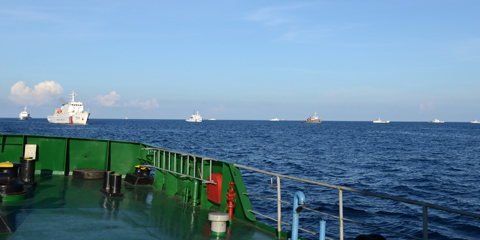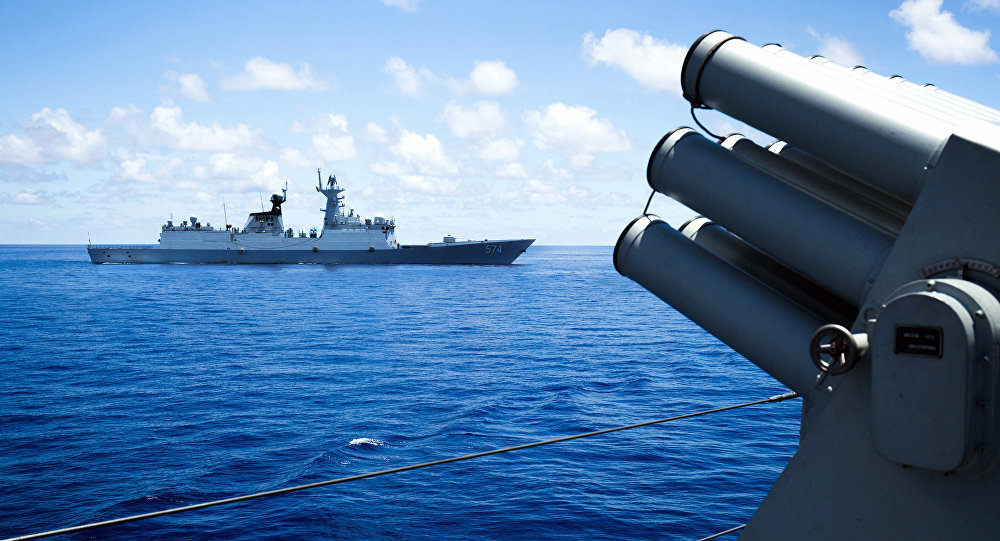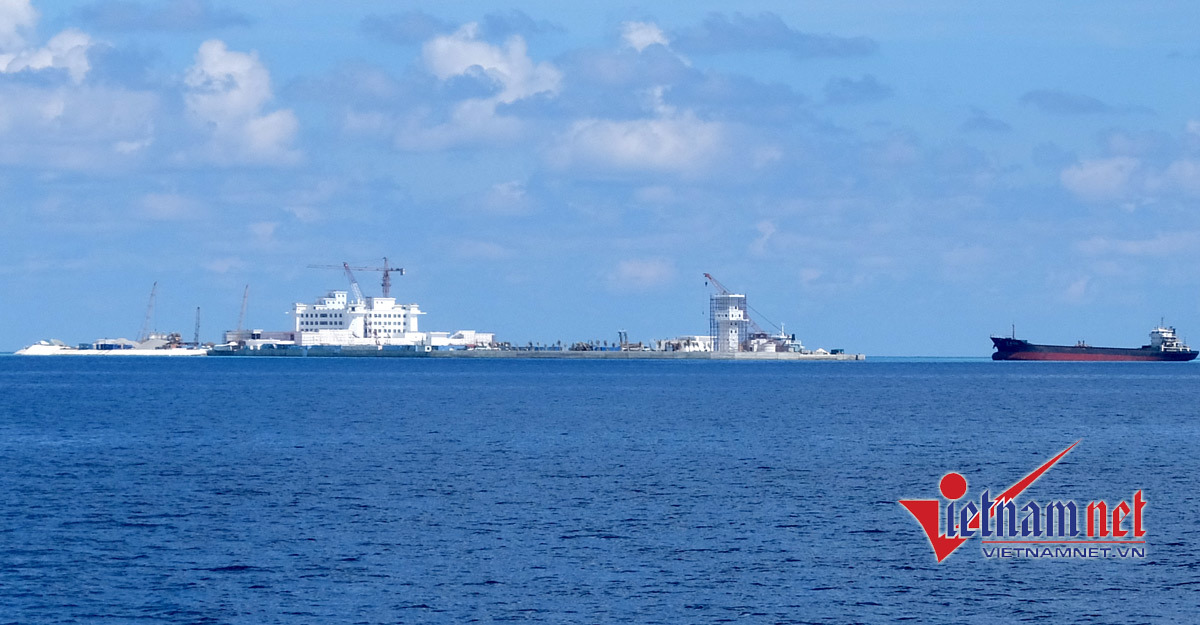
Strategic partnership is becoming the center of the international security governance in the Asia – Pacific region.
All powers and many smaller countries have involved in the complex partnerships with both friends and potential strategic rivals. For example, China has worked hard to build nearly 50 strategic partnerships in the region and beyond, with the countries of difference such as Afghanistan, Australia and India. In contrast, India has around 20 countries with strategic partnerships and Japan has 10.
Strategic partnership is a form of security practices in the region. When this concept emerged, some analysts argued that the partnership is made when the two countries share the same views on regional security governance. But when the new strategic partnership are formed between the states with contrary visions interests, that explanation for the emergence of the strategic partnership has become less convincing.
Today, there are two kinds of strategic partnerships in the region. That is the strategic partnership for the mutual benefit of the two countries, based on shared values and interests. And the strategic partnership for general administration, driven by the desire to test the arrangements for administering conflicts of values or interests, or both.
These partnerships are established by the bilateral agreements. They can include intergovernmental dialogue and policy coordination, or institutionalized 1.5 or 2-channel processes - non-governmental discussions aimed at building bilateral relationships.
They can include periodically summit meeting or ministerial meetings as well as specific commitments to build economic relations, investment decisions or technology transfer. The commitment to promote people's relationships through cultural diplomacy creates another important feature of the strategic partnership.

The most developed strategic partnership in the region is the relationship between Japan and Australia. It is based on the post-World War II long-term economic relationship as well as the important efforts, rooted in the 1970s, to deepen political relations. The two countries share a set of common values (such as democracy, human rights and the rule of law) and a set of benefits.
Over time, Australia and Japan have developed mechanisms for policy coordination on issues of regional and international security, including counter-terrorism, non-proliferation of nuclear weapons, intelligence sharing and other humanitarian activities. The two countries have also maintained extensive military cooperation and the relationship between the two militaries. This process reached the peak in 2014 with the announcement made during the visit of Australian Prime Minister Tony Abbott to Tokyo about upgrading the ties to a "specifically strategic partnership for the 21st century".
In contrast, the strategic partnership between China and India develops in the direction of management hostility rather than creating favorable conditions for coordination in the pursuit of common values and interests. This partnership only focuses on establishing high-level dialogue, efforts to promote trade and investment from a historic low level and the launch of cultural diplomacy. These mechanisms allow maintaining regular contact, but the cost is to "freeze" the controversial issues, in this case is the Sino – Indian border.
The strategic partnerships are very flexible and can be constructed in different ways, depending on the basic situation of the bilateral relations. They are less formal than other institutions in the region and, at least in principle, easier to manage than the multilateral diplomatic settlement. They do not break the balance in the region in a way that the formal alliance can cause. But whether the proliferation of strategic partnerships can help improve security in the region or not? It is still a big question.
Because they are flexible, the ability to provide the commitment and confidence building seems to be lower than institution or alliance. The Japan - Australia Strategic Partnership does not seem to relieve shock to bilateral relations that was caused by the decision of not to give the Australian submarine contract for Japan. Someone might argue that the big name of a 'special' partner may have caused Tokyo’s excessive expectations on Canberra than it is in reality.
The other strategic partnerships have different restrictions. For example, the Australia – China partnership is the partnership at a minimum level, focusing on trade and requires the "zoning" of potential conflict areas - the areas where the "different national conditions" of the two countries could "lead to a difference in this or the other side."

Strategic partnerships are flexible, but flexibility can also have its price. Perhaps the greatest price lies in the disappearance of the impetus towards the creation a better security architecture in the Asia – Pacific region. This includes agreement on a code of conduct and a set of institutional arrangements to manage and reduce conflicts when they arise.
In that sense, the blossoming of strategic partnerships in parallel with the explosion of bilateral free trade agreements leads to similar challenges. On the one hand, the partnerships are a means for countries to avoid major disagreements which had prevented achieving stronger multilateral solutions. But at the same time, the partnerships themselves can become obstacles to such a positive outcome.
H.D.P (David) Envall and Ian Hall (East Asia Forum)
H.D.P (David) Envall is a researcher at the Department of International Relations, Australian National University, and emeritus professor of the University of La Trobe.
Ian Hall is Professor of International Relations at the Griffiith University and a member of the Griffith Asia Institute.